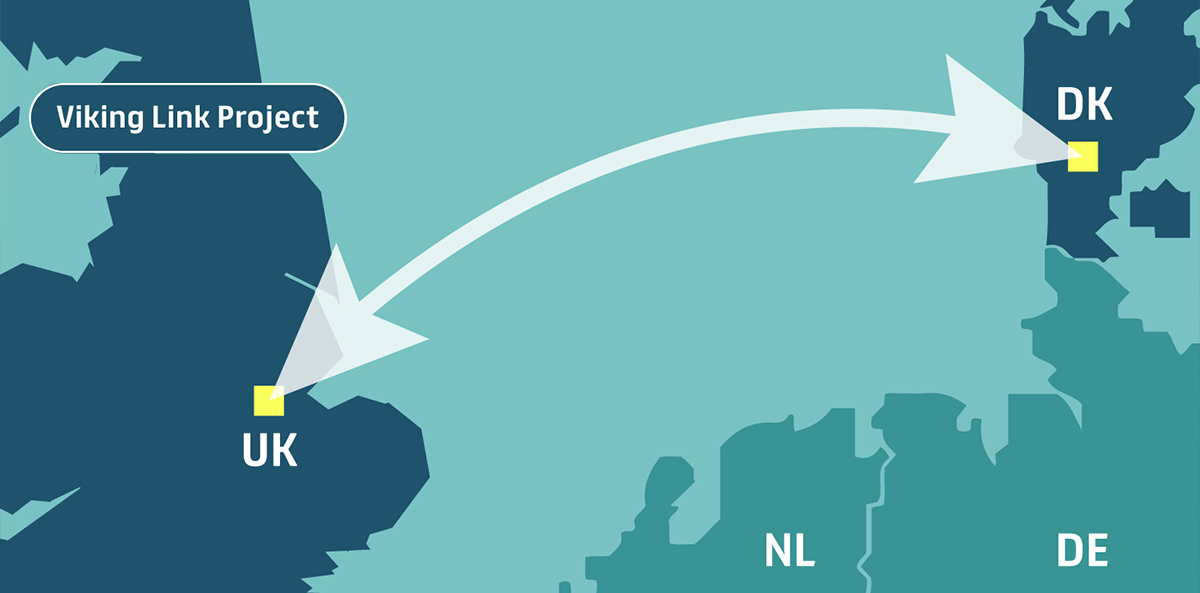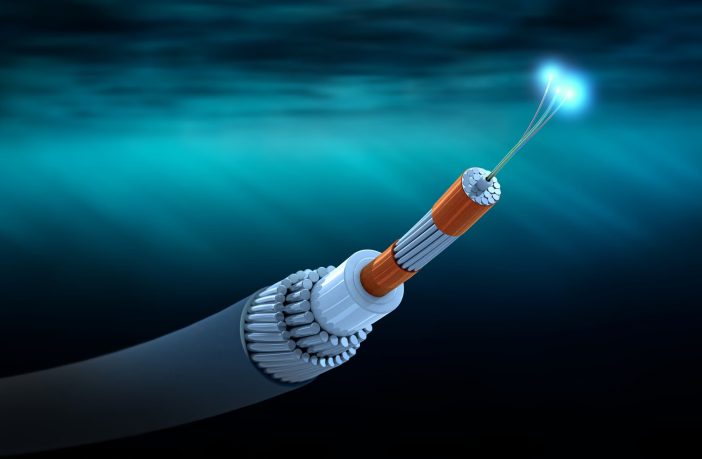Viking Link will provide clean electricity to the UK
Great Britain and Denmark are continuing to work on the Viking Link project. The aim is to provide high-quality electricity to around 2.5 million homes in the UK.
This project involves laying a 1.4GW undersea power cable. According to experts, the construction of Viking Link will enable the uninterrupted transport of electricity generated by renewable energy sources. It will also save the UK around £500 million over the first 10 years of the project.
The cable route starts in Lincolnshire, east of the UK, and runs west to Jutland in Denmark. Work has been progressing rapidly since 2019. Siemens is responsible for the design and installation of all the electrical equipment.
Once the main work has been completed, the project will be ready for operation. However, it will initially operate at 800 MW, gradually increasing to 1.4 GW. According to preliminary plans, British and Danish specialists will upgrade the plant within a year. This way, they will eliminate all problematic points, and the power will reach its maximum indicators.
Viking Link primarily provides clean energy to the population, according to the project’s authors. They believe that by 2030, the submarine cable will be an effective tool in the fight against climate change:
– it could reduce carbon dioxide emissions in the UK by around 100 million tonnes;
– about 90% of the energy transported through the system will be CO2 emission-free.
The project is, therefore, of enormous value to two specific countries and the world as a whole.

Benefits for the UK and Denmark
The realisation of the project is significant for the UK. Thanks to Viking Link, the country will be able to:
– strengthen energy security;
– import clean energy;
– lower the risk of energy shortages;
– reduce resource costs for the public.
In the first year of operation, the submarine cable should reduce UK emissions by 600,000 tonnes. This is equivalent to taking 280,000 cars off the road.
As for Denmark, it will increase its ability to export the electricity it produces in surplus. This will allow the country to strengthen its status as a reliable clean energy supplier.
It is worth noting that similar submarine cable projects are already in operation around the world. However, Viking Link is the longest. Its length is approximately 765 kilometres. In addition, the system crosses two separate markets that can work together effectively despite the distance. The authors hope to expand the infrastructure over time for even greater coverage.




